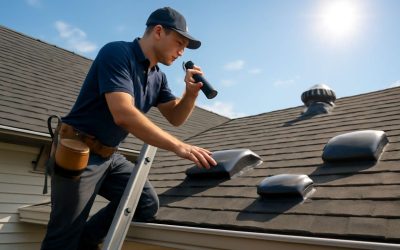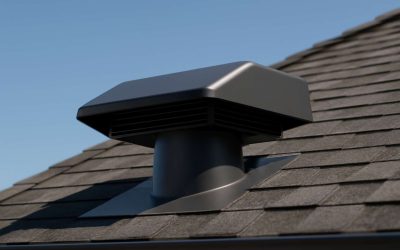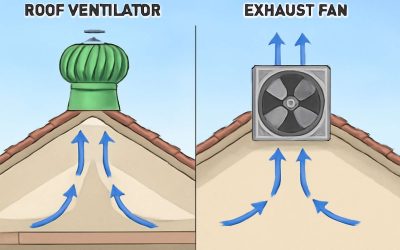Ventilation is the movement of fresh air into a building or room and the removal of stale or polluted air. This occurs by natural or mechanical means and is the key to achieving healthy indoor air.
The rate of ventilation depends on the number of people who occupy a space, as well as environmental conditions like temperature and humidity. Ideally, ventilation with outdoor air is balanced with other engineering controls to achieve the best indoor environment possible.
Natural ventilation depends on two driving forces: wind and thermal buoyancy (the difference in density between air inside and outside a building). Wind and thermal buoyancy drive fresh air through purpose-built openings, such as windows, doors and solar chimneys. Often, these openings are located at the corners of a room or space to maximize directional movement of fresh air.
Ventilation systems act as the lungs of your home, bringing in fresh outdoor air for circulation while expelling nuisance odors and chemical vapors. They also prevent condensation and mould, keeping your house drier and healthier and preventing the need for costly moisture-proofing treatments. Healthy Climate solutions like energy-recovery ventilation systems transfer stale indoor air to the outside without wasting the energy you put into heating or cooling it.
Commercial and industrial spaces often require ventilation to control pollutants generated by daily manufacturing processes. These pollutants can be harmful to human health, such as carbon monoxide and volatile organic compounds (VOCs). Industrial ventilators are designed to exhaust large volumes of warm air produced by metal forges, paper presses, glass kilns and compressor rooms. This helps to prevent the buildup of nuisance odours, carbon dioxide and airborne pollutants that could be spread throughout the facility and possibly affect people who are not directly exposed to them.
Poor ventilation in residential buildings is a common problem. If a home is not adequately ventilated, damp and mould can form, leading to expensive repairs and deterioration of interior furnishings, such as wallpaper and paint. Damp homes can also be harder to heat, causing energy bills to rise. Ventilating a home properly can save money in both the short and long run, by reducing heating costs and making furnishings last longer.
Good ventilation in schools is vital during pandemics, as it allows for the safe teaching of pupils and can reduce absenteeism. In fact, studies have shown that doubling ventilation in previously low-ventilated buildings decreases sick time by 35%. In addition, a healthy indoor environment can help students learn better by reducing fatigue and enhancing concentration and productivity. This can boost morale and overall performance in the classroom, so it’s important to consider ventilation as you plan your next school project.



0 Comments